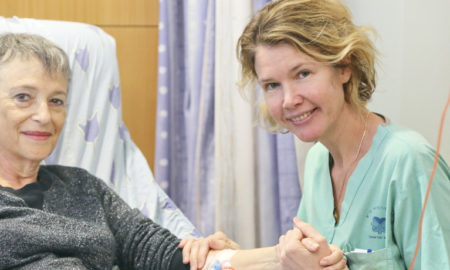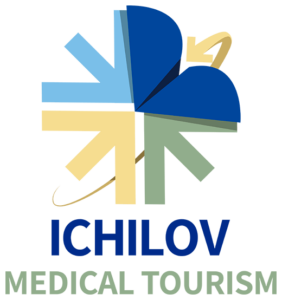- Liposarcoma – cancer of the fatty tissues
- Leiomyosarcoma – cancer of the involuntary muscle
Less common types of sarcoma in the retroperitoneum include solitary fibrous tumor, pleomorphic sarcoma, malignant nerve sheath tumor, synovial sarcoma and Ewing’s sarcoma.
This disease most commonly occurs among people in their 50s; however, it can occur at any age, affecting men and women alike.
In most cases, these tumors are detected at an advanced stage, when the symptoms have already begun to manifest. Consequently, by the time the tumors are detected, they may have become quite large, and other abdominal tissues may have already been affected. Possible symptoms include abdominal pain, abdominal rigidity, back pain, swelling of lower limbs, intestinal obstruction, and an early feeling of satiation.
There are different treatment options for this disease including surgery, radiation therapy, and chemotherapy.





